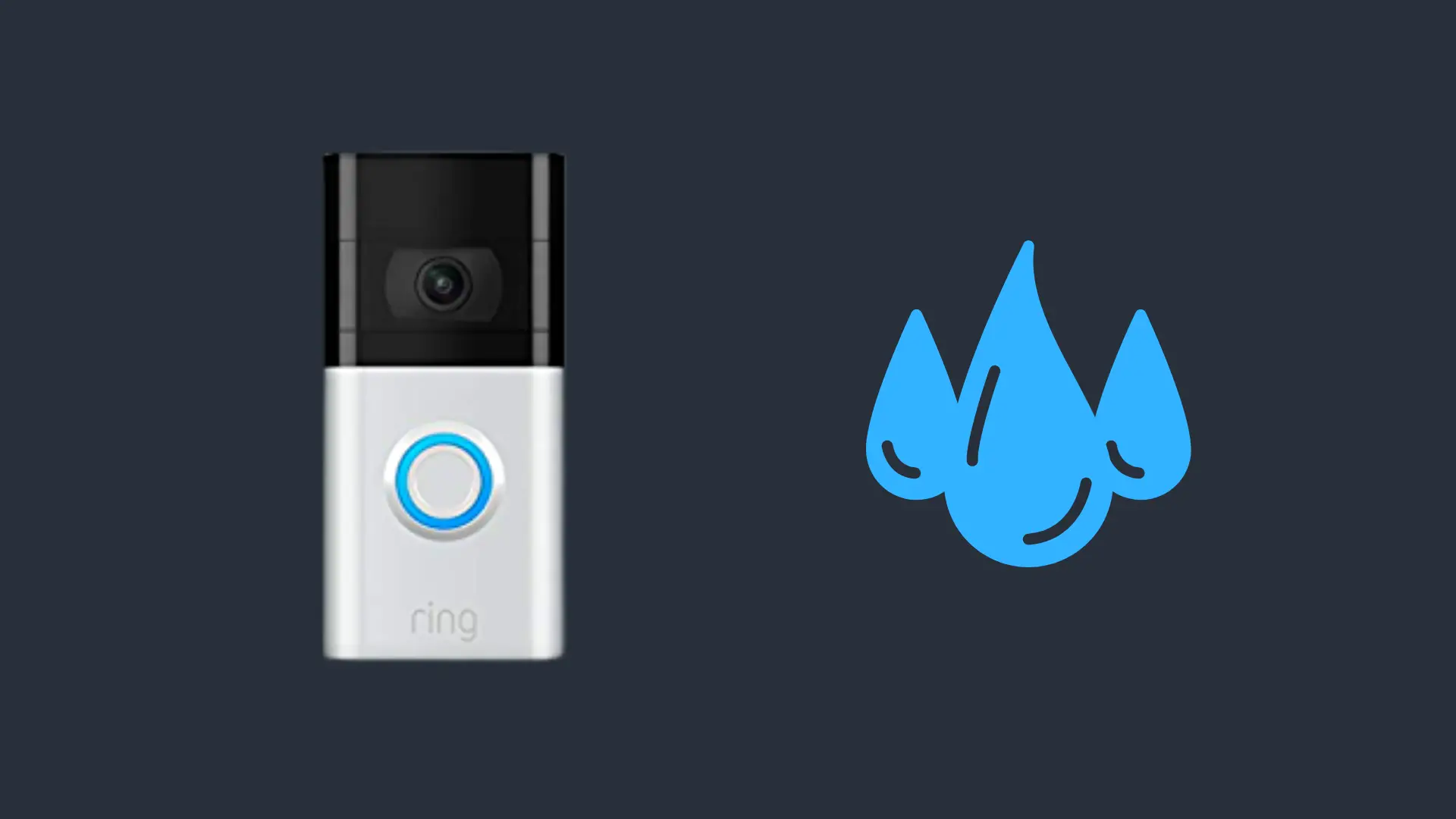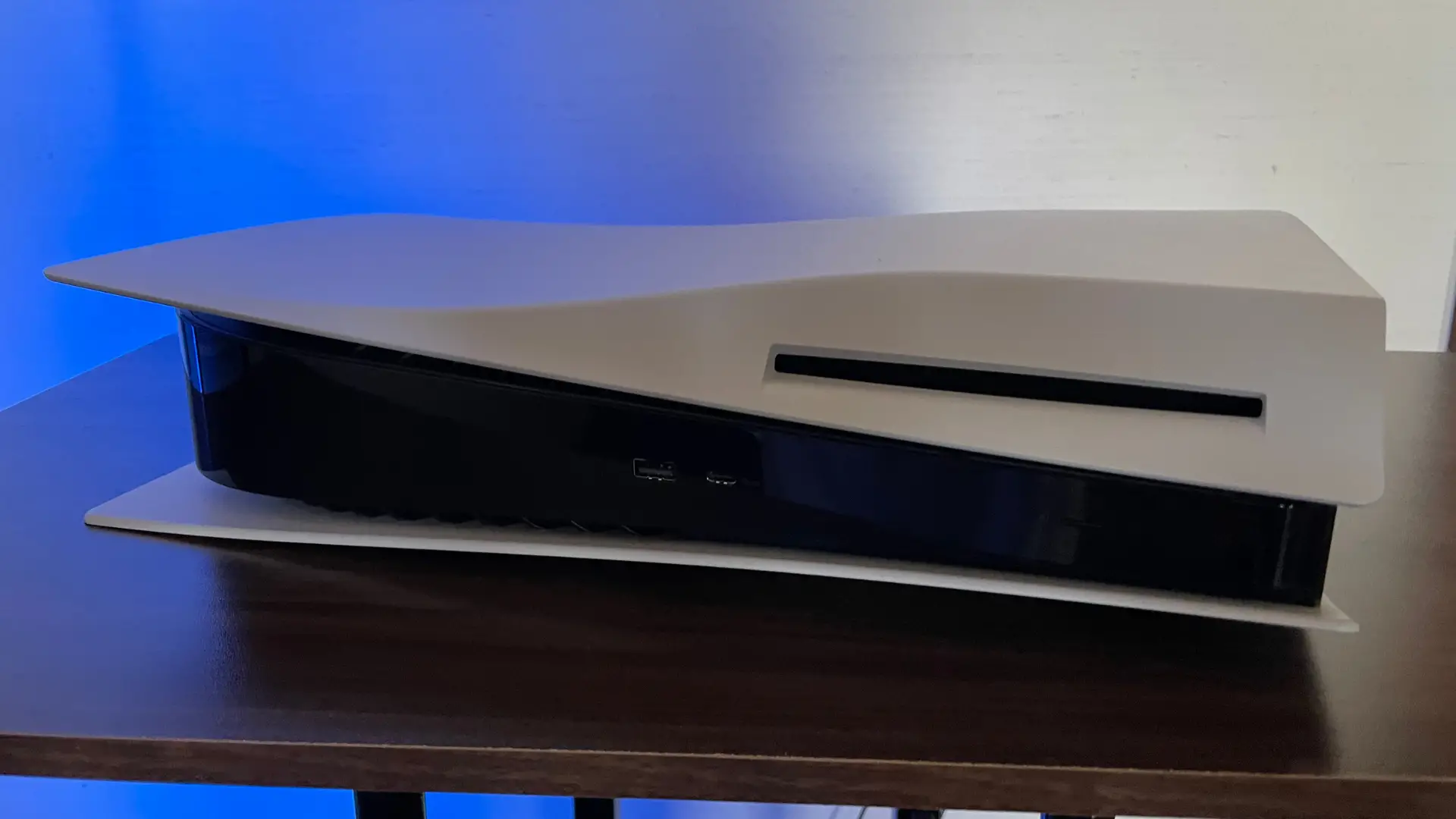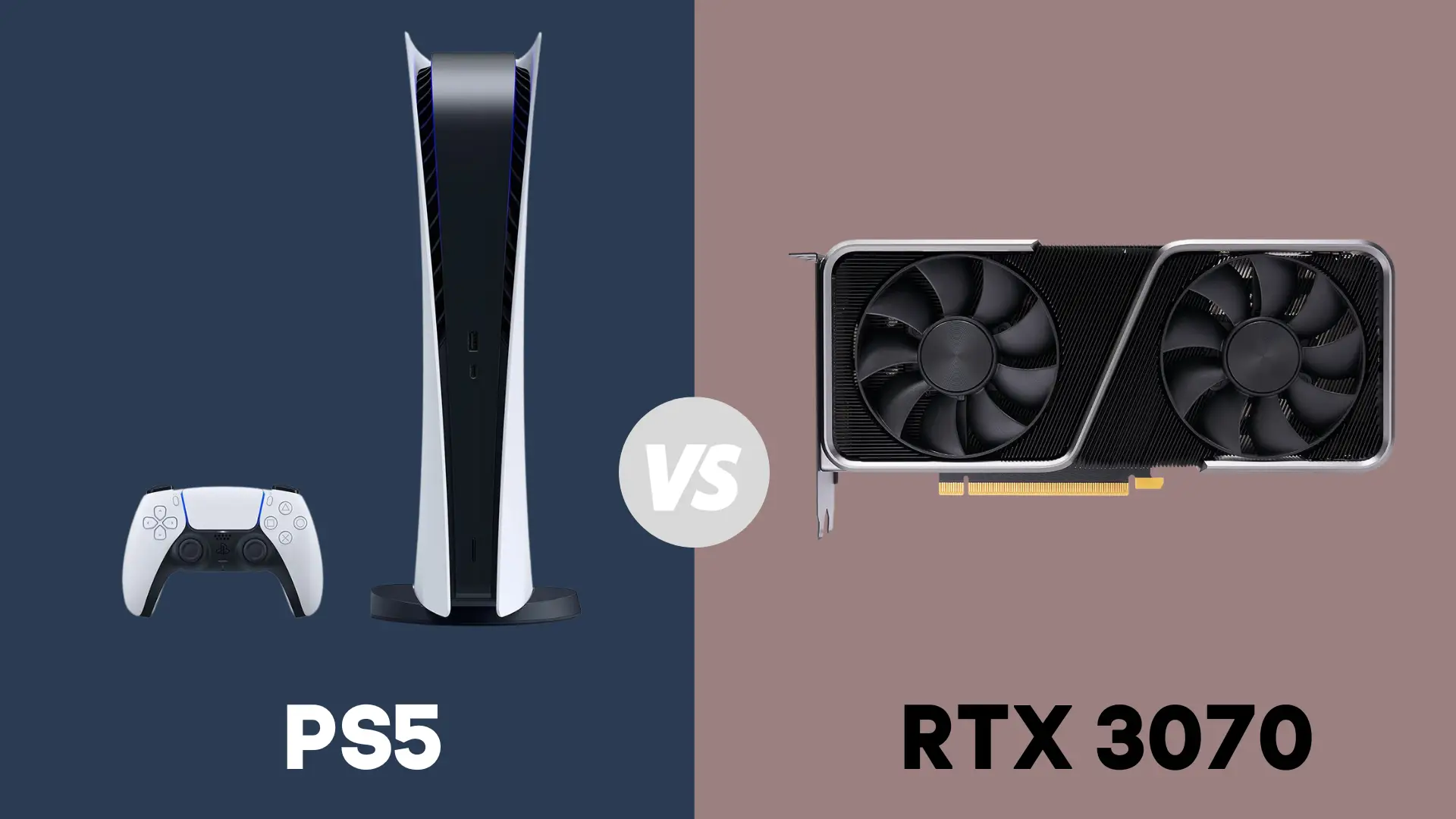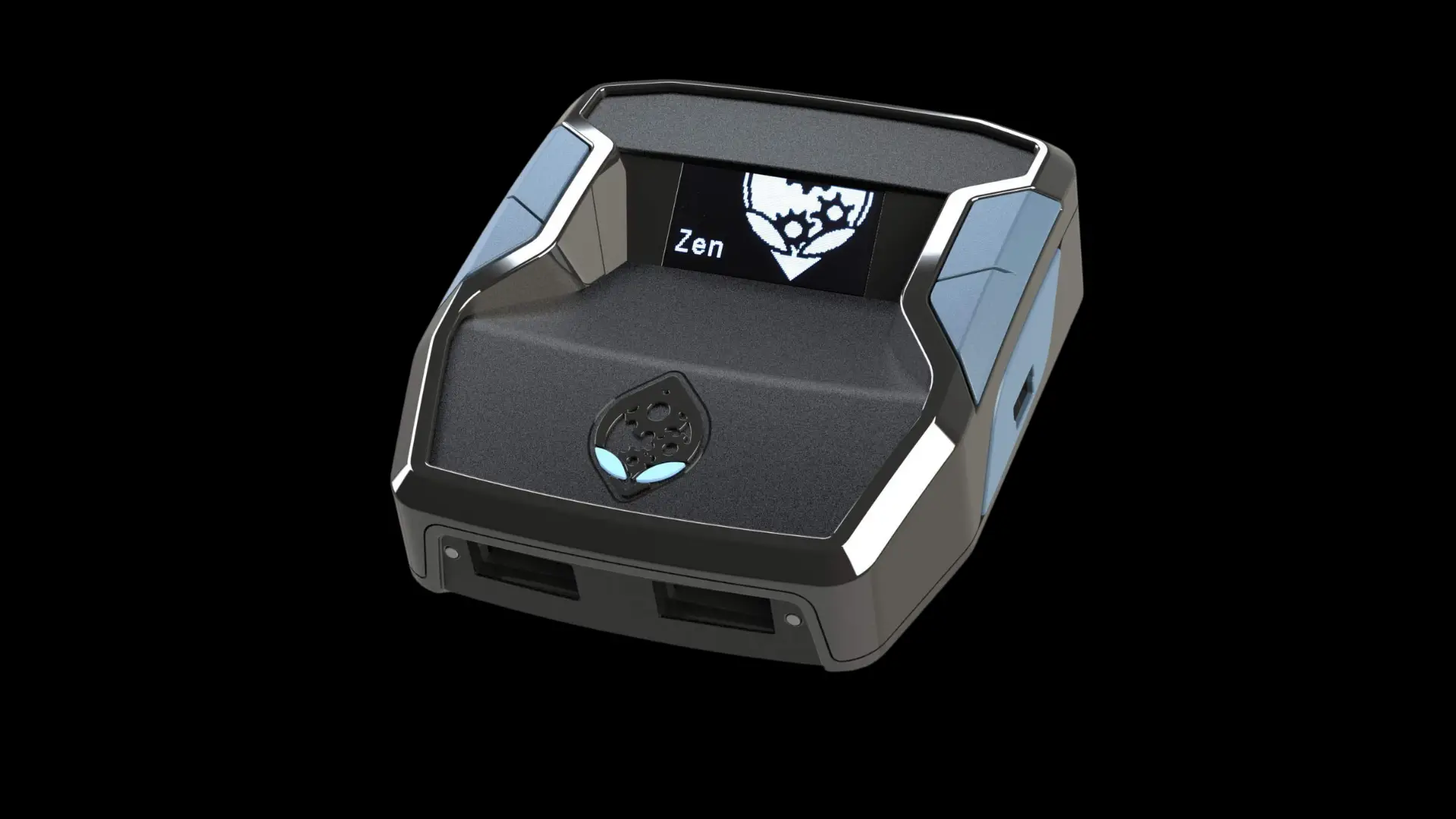Can You Connect Turtle Beach Stealth 600 to PC Without Adapter?

When it comes to awesome headsets, it’s hard to beat the Turtle Beach Stealth 600 for its versatility and features. This particular headset was designed with the Xbox console in mind, but it can also be used on Windows PCs when paired with the Xbox Wireless Adapter. If you don’t have this adapter or simply want to use your Stealth 600 without it, then read on.
Can I Connect My Turtle Beach Stealth 600 to My PC Without an Adapter?
The short answer is “Yes,” but only if your PC has Xbox Wireless functionality built into it. This feature comes available in a few select laptops and pre-built PCs, but it’s the only way you can use your Stealth 600 without an adapter.
What’s Up With the Adapter, Anyway?
The Turtle Beach Stealth 600 isn’t your average headset, as it’s designed to be compatible with a broad range of Xbox consoles, including the Xbox One Series X and Series S. Instead of using Bluetooth for wireless connectivity, you’ll need either an Xbox Wireless Adapter or built-in Xbox Wireless functionality in your current PC to use your Stealth 600 headset. We’ll dive more into aspects below, as well as tell you how to connect your headset sans adapter.
How to Connect Without an Adapter
If you don’t have the USB Xbox Wireless Adapter dongle plugged into your PC, you can still connect your Turtle Beach Stealth 600 headset using the built-in Xbox Wireless feature. Think of Xbox Wireless as a fancier version of Bluetooth that only works with Xbox peripherals and certain other devices made for use on Xbox consoles and Windows PCs.
First, make sure that your PC has built-in Xbox Wireless functionality. You can do so by checking your PC’s build specs or owner’s manual, or by visiting the PC manufacturer’s support website for more information. Unfortunately, most PCs won’t have any outward indicators of built-in Xbox Wireless functionality, so thumbing through the aforementioned sources is your best bet.
After confirming built-in Xbox Wireless functionality, you can do the following to connect your Turtle Beach Stealth 600 headset without an adapter. Before following the steps below, make sure your headset is fully charged and turned on:
- On your Windows 10 PC, go to “Settings,” click “Devices” and then select “Connected Devices.”
- Choose the “Add a Device” option and make sure your Turtle Beach Stealth 600 headset is nearby. Clicking this option will allow Windows to search for the device using the built-in Xbox Wireless feature.
- Immediately after clicking “Add a Device,” grab your Stealth 600 headset and locate the Connect button on the left side of the headset. Press and hold this button until the headset’s LED flashes rapidly.
- Check the “Other Devices” list on your Windows 10 PC. This is where you’ll see your Stealth 600 headset once it successfully connects to your PC.
Once you’ve connected your Turtle Beach Stealth 600 headset to your PC, you may need to make a few adjustments to achieve that gamer-worthy audio and voice clarity. Start by right-clicking on the “Speaker” icon to the right of your Windows 10 taskbar and click “Sounds.” From there, browse the “Playback” tab and set “TURTLE BEACH Stealth 600” as your default device. Afterward, click the “Recording” tab and perform the same step. These steps ensure that Windows 10 uses your Turtle Beach Stealth 600 as its default device for listening and recording without running into any compatibility issues.
Which PCs Feature Built-In Xbox Wireless?
As mentioned earlier, only a few Windows 10 PCs came with the built-in RF module needed to make Xbox Wireless work. To make things a bit more complicated, this feature was restricted to laptops and a few pre-built desktop PCs. While this feature was announced back in 2016, few manufacturers have made use of it and today, there aren’t any that actively include it in their most recent machines.
Here are a few Windows PCs that are known to have built-in Xbox Wireless capability:
- ASUS G703
- Lenovo IdeaCentre Y710 Cube
- Lenovo Legion Y720
- Microsoft Surface Book 2 (15-inch model)
- Microsoft Surface Studio
Keep in mind that other PCs out there may offer this feature. Currently, there aren’t any standalone motherboards that offer Xbox Wireless functionality, so you’ll need that USB dongle if you want to connect your Stealth 600 headset to a PC you’ve built yourself.
Do Other Connectivity Options Exist?
Sadly, no. While the Turtle Beach Stealth 600 comes with a Micro USB cable to charge and update the headset, it’s not capable of transmitting audio data to or from your PC. That leaves built-in Xbox Wireless as your only option if you want to connect this headset to your PC without using the Xbox Wireless Adapter.
Connecting via Wi-Fi is also a no-go. While the Stealth 600 uses 2.4 GHz wireless technology to connect to PCs and Xbox consoles, it lacks any capability to connect over Wi-Fi. Wi-Fi connectivity could have come in handy for dongle-less users, especially those who don’t have an additional USB port to spare for the Xbox Wireless Adapter.
Anything Else I Need to Know?
Here’s a quick heads-up for Stealth 600 users: your headset’s built-in volume controls won’t work when you’re connected to your PC. You can only adjust the volume directly via your PC. It’s an odd quirk that can put a damper on the user experience, but it’s a minor flaw on an otherwise great product.
Alternatives to Consider
If you want a headset that offers expanded connectivity without the need for an adapter or built-in Xbox Wireless, then consider the Turtle Beach Stealth 700. This updated successor to the Stealth 600 relies on standard Bluetooth for wireless connectivity, making it a more flexible option than its predecessor.
Meanwhile, other wireless headsets like the Razer Kaira Pro can pair to any PC using Bluetooth as well as Xbox Wireless, so consider these options if you need dongle-free connectivity for your online gaming sessions.
- How to Pair Meta Quest 3 Controllers with Your Quest 3 Headset: A Quick Guide
- How to Charge Meta Quest 3: A Guide to Powering Up Your VR Experience
- How to Cast Meta Quest 3 to Samsung TV: A Step-by-Step Guide
- How To Factory Reset Your Meta Quest 3: A Step-by-Step Guide
- How to Power On and Off the Meta Quest 3





